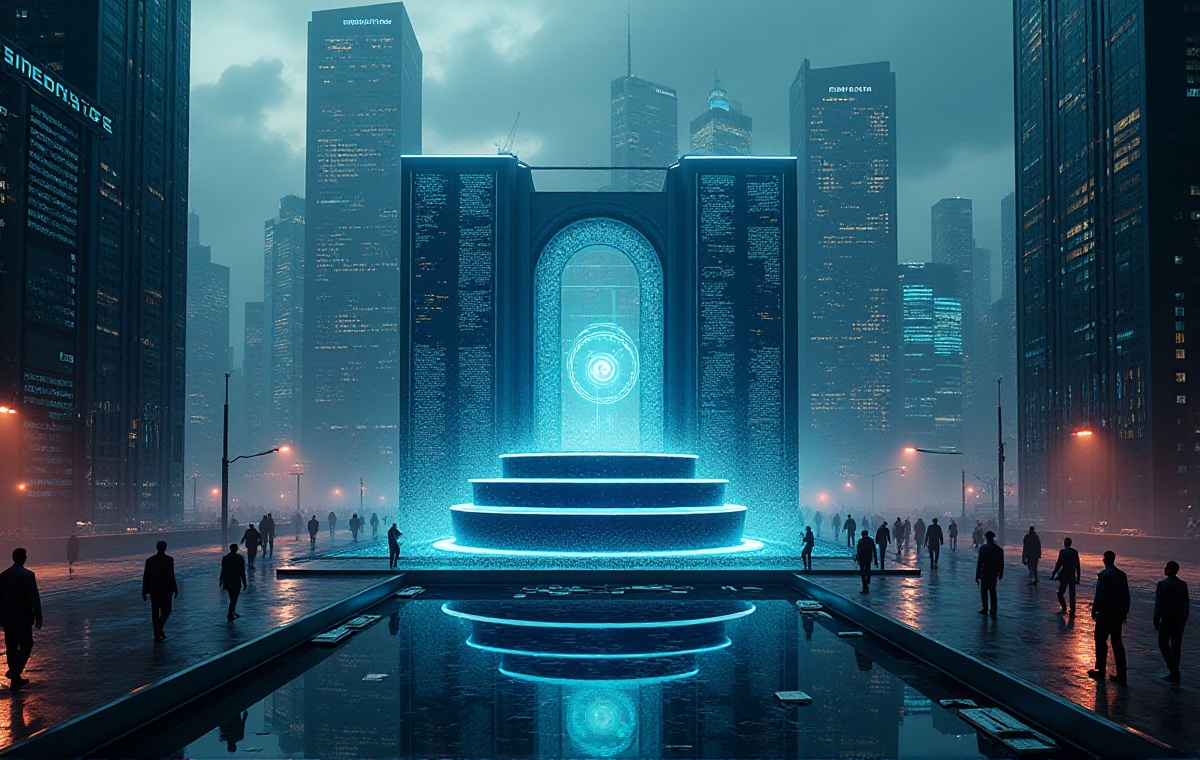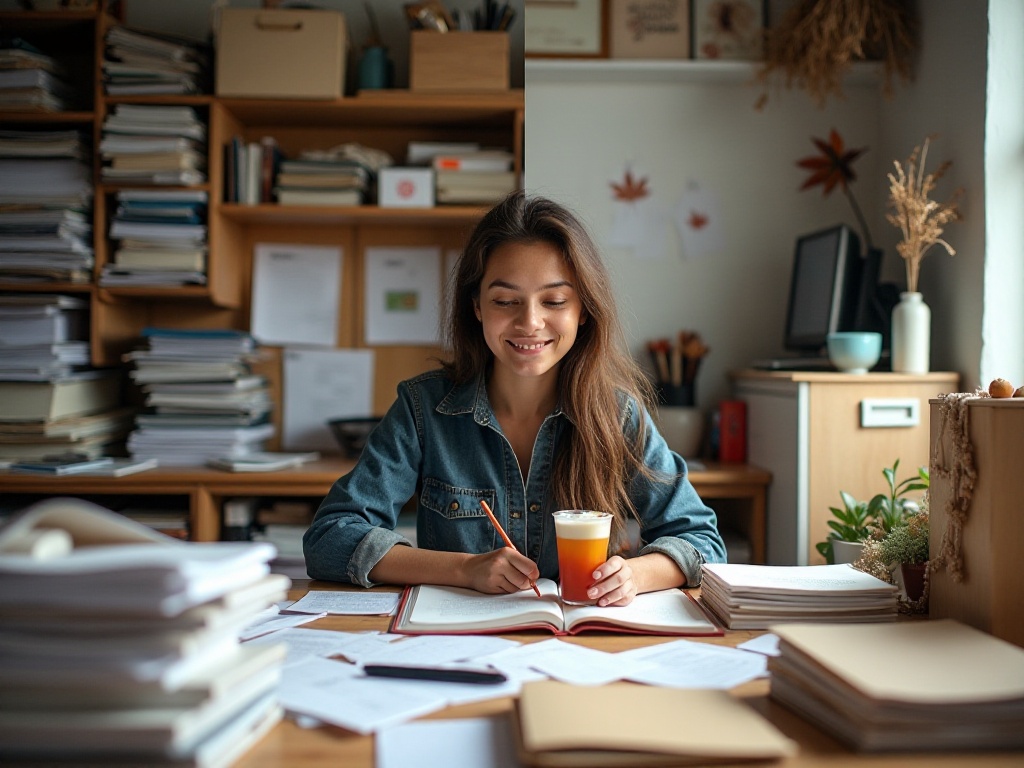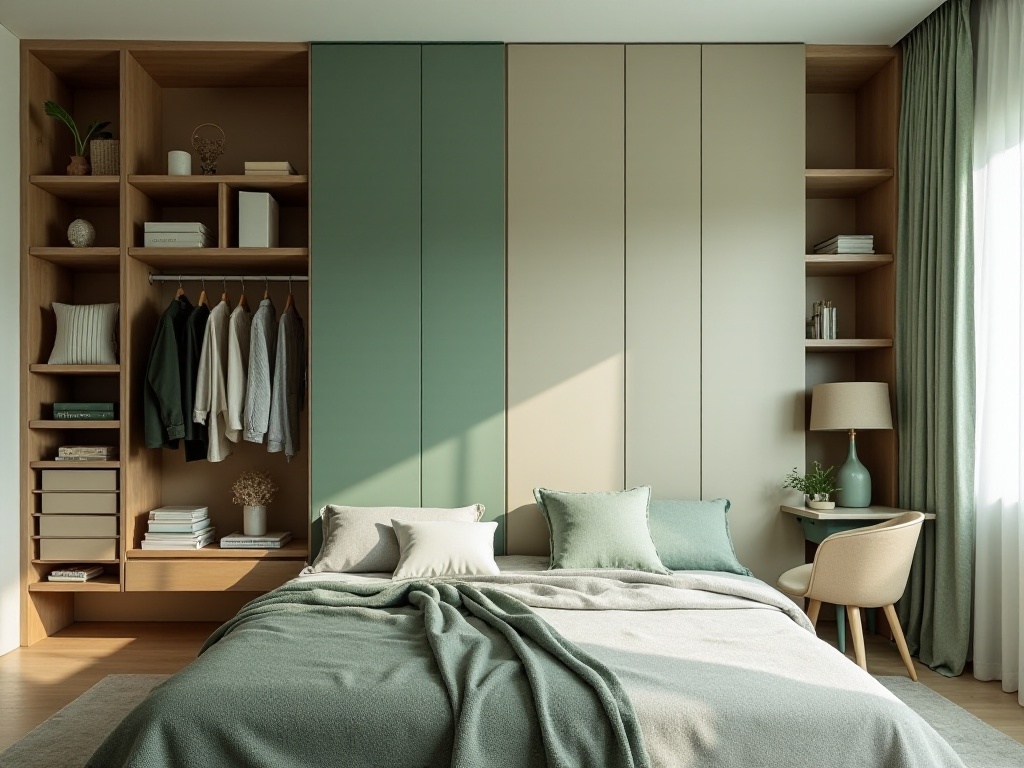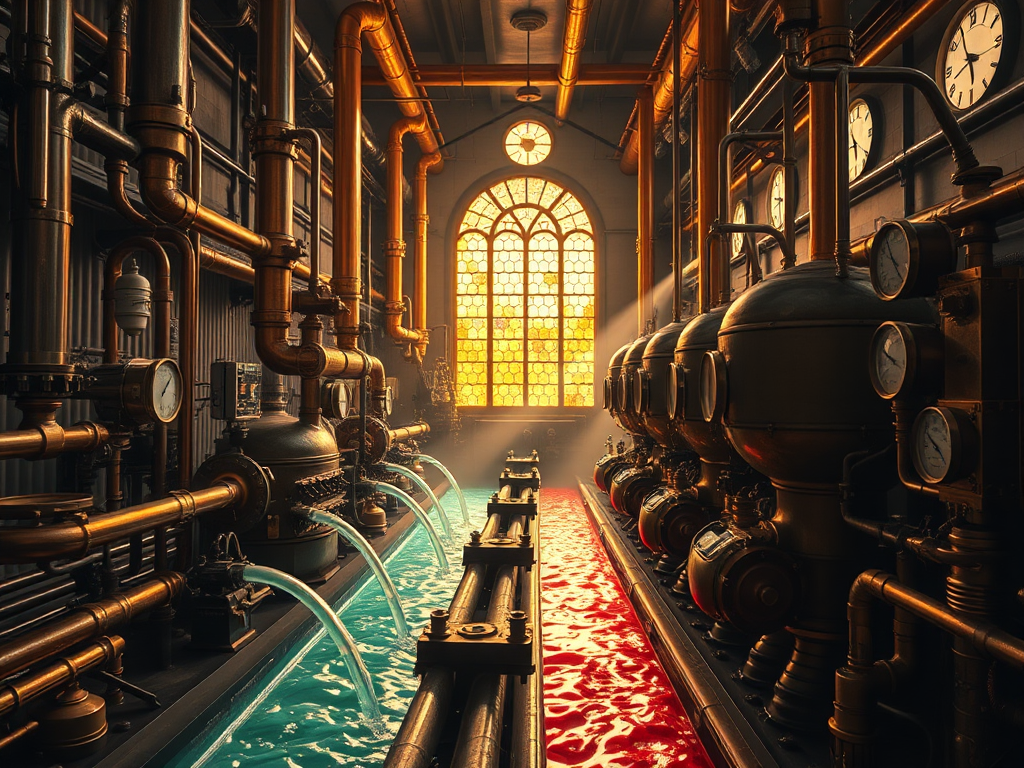Getting Straight to the Point
As a veteran in the beverage industry with years of experience, I'm often asked: "How can I make the perfect drink?" When I hear this, I always smile because it's not a simple question. Today, I'd like to share my years of experience in beverage making with everyone, hoping to inspire those who are learning to make drinks.
The Fundamentals
When it comes to what's most important in beverage making, it has to be the fundamentals! Take coffee, our most common example - you might not know that a stunning cup of coffee requires careful consideration starting from bean selection. I clearly remember when I first started learning about coffee, just distinguishing beans from different origins gave me a headache. I would spend hours comparing samples of coffee beans, repeatedly examining their appearance, aroma, and roast level, all to accurately identify the characteristics of each type.
Speaking of coffee beans, we must mention the characteristics of beans from different origins. Brazilian coffee beans feel like a gentle big sister, with a smooth, mellow taste perfect for beginners. Their aroma is delicate, and the taste is rounded, making them easy to handle even with simple pour-over methods. Kenyan coffee beans are like an energetic young athlete, with distinct fruity acidity that brightens your senses. As for Colombian coffee beans, they're like an all-around talent, known for their balanced flavor profile, with just the right mix of acidity, sweetness, and bitterness.
Based on my years of experience, I strongly recommend beginners start with Brazilian coffee beans. Why? Because Brazilian beans are relatively easier to work with, and won't completely ruin a cup of coffee due to improper handling. I remember once, a friend who was just starting out insisted on practicing with Kenyan beans, but due to poor temperature control, the coffee turned out so acidic it made your teeth hurt - this kind of setback can be quite discouraging for beginners.
Temperature Control
After discussing coffee beans, let's talk about brewing techniques. Among all techniques, temperature control is absolutely crucial. Many people might not know that coffee extraction has an optimal temperature range of 92-96 degrees Celsius. This range isn't arbitrary - there's deep scientific reasoning behind it.
Why this specific temperature range? Because water above 96 degrees will over-extract bitter substances from the coffee, making it excessively bitter with even a burnt taste. If the water temperature is below 92 degrees, it will result in under-extraction, making the coffee taste like slightly flavored water, extremely bland.
Speaking of this, I have to share one of my "dark history" moments. When I first started learning to brew coffee, I thought water temperature wasn't important enough to worry about, and often used 100-degree boiling water directly. The result was predictable - the coffee was bitter and astringent, almost undrinkable. Once, I invited some friends over for coffee tasting, and they all just took a polite sip and put their cups down. That was really embarrassing.
Later, I finally decided to buy a temperature-controlled kettle, and this problem was solved immediately. A temperature-controlled kettle can precisely control water temperature, ensuring optimal conditions for every brew. Looking back now, I wasted so much good coffee trying to save those few hundred dollars!
Actually, temperature control isn't just important for coffee - it's equally crucial when making other beverages. For example, different teas require different water temperatures. Green tea is best with 75-85 degree water, while black tea needs 90-95 degrees. These are all things we need to explore through practice.
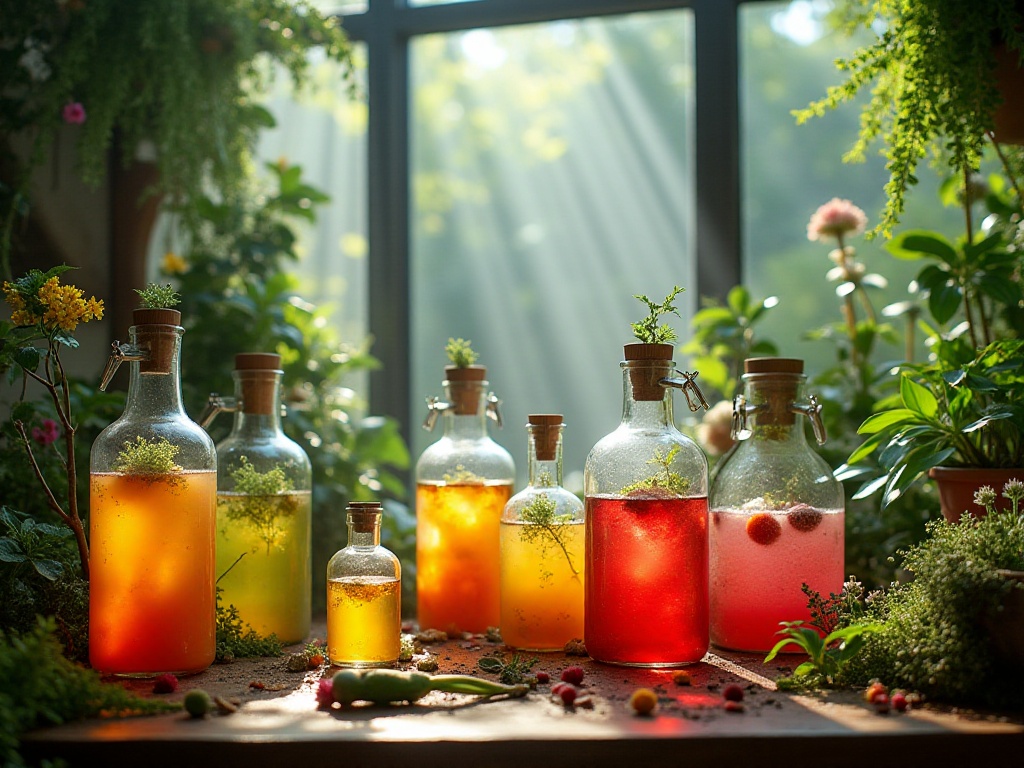
Tool Selection
At this point, we must discuss the importance of tools. As the saying goes, a craftsman must first sharpen his tools. The right set of tools not only makes your work more efficient but also greatly increases your success rate.
As a beginner, I recommend you prepare at least these basic pieces of equipment: First is a temperature-controlled kettle, which is absolutely essential for coffee making. With it, you won't have to worry about water temperature anymore, as you can precisely control the temperature for each brew. Next is a grinder - freshly ground coffee beans have a vastly different flavor compared to pre-ground coffee. Then there's the pour-over kettle - choosing one with stable flow rate and comfortable grip will greatly help improve your brewing experience.
Additionally, you'll need a dripper and filter papers. The material and shape of the dripper will affect the coffee's taste - I recommend choosing classic options like the V60 or Kalita Wave. For filter papers, I personally recommend Japanese imported ones. Though more expensive, they truly have better filtration.
This basic equipment set will cost around 1000-2000 yuan. Some might think this price is quite high, but I can assure you it's a worthwhile investment. Take me for example - I've been using this set for over two years now, enjoying delicious coffee at home every day. If you calculate it, compared to buying coffee outside every day, this investment has already paid for itself.
Moreover, these tools have a long lifespan. With proper care, they can easily last three to five years. My first grinder is still in service - though it shows some wear and tear on the outside, it still perfectly completes its grinding tasks.
Of course, if your budget allows, you can consider some advanced equipment. For example, a semi-automatic coffee machine, though expensive, allows you to try more coffee brewing methods. Or a professional-grade grinder that can control grinding size more precisely. However, these aren't necessities - you can consider them after mastering the basic equipment.
Advanced Techniques
After covering basic equipment, I'm sure many people will ask: How can I improve my technique to the next level? This brings us to controlling extraction time and grind size. These two elements are crucial factors in determining coffee quality.
Let's start with extraction time. Generally, the ideal extraction time for pour-over coffee is 2.5-3 minutes. This isn't an arbitrary timeframe - it's the optimal range determined through countless experiments by coffee professionals. If the extraction time is too short, the coffee will taste weak and flavorless; if too long, it will become overly bitter.
I remember once at a coffee tasting event, watching a senior barista staring at their stopwatch throughout the entire brewing process. Initially, I thought they might be too meticulous, but later I understood just how important precise time control is in making the perfect cup of coffee.
As for grind size, this requires even more attention. Different brewing methods require different grind sizes. Pour-over coffee works best with medium-fine grounds, about the size of granulated sugar. For espresso, you need finer grounds, while French press requires coarser grounds.
Adjusting grind size requires lots of practice and experience. I suggest keeping a notebook to record the grind size used for each brew and the resulting taste. Through continuous adjustment and recording, you can find the grind size that best suits your taste.
Besides these basic technical points, there are some tips that can help improve your coffee quality. For example, when pouring water, pay attention to the speed and position of the water flow, maintaining evenness and avoiding too much impact that could cause the coffee grounds to clump. Also, you can pre-heat all equipment with hot water before brewing, which helps maintain stable temperature throughout the extraction process.
Common Misconceptions
Now, let's address several common misconceptions. These misconceptions can not only affect your learning progress but might also lead you down the wrong path in coffee making.
The first misconception is thinking that more expensive coffee is always better. This is completely wrong! I've seen many friends who bought very expensive coffee beans right from the start, but due to improper brewing methods, they completely wasted good beans. I remember once, a friend spent a lot of money on Blue Mountain coffee beans, but because they didn't understand temperature control and grind size, the brewed coffee completely lost the characteristics of Blue Mountain, and turned out even worse than regular commercial beans.
It's like buying a Ferrari without knowing how to drive - no matter how good the car is, you can't utilize its value. Therefore, I suggest beginners start with more cost-effective coffee beans for practice, and try premium beans after mastering the techniques.
The second misconception is thinking that more complex techniques mean more professional results. Actually, it's quite the opposite - many coffee masters use very simple brewing movements. The key isn't how fancy your movements are, but how standardized and precise each step is. I've seen people pour water in all sorts of fancy ways when brewing coffee, looking cool but actually affecting the even extraction of coffee.
Another common misconception is being overly obsessed with equipment. While tools are important, the user's skill level is most crucial. I've seen people with complete sets of top-tier equipment producing coffee that's worse than experienced brewers using ordinary tools. So, rather than spending all your money on expensive equipment, it's better to spend more time practicing fundamentals.
The third misconception is neglecting cleaning and maintenance. Many people might not know that the cleanliness of coffee equipment directly affects the taste of coffee. If the grinder isn't regularly cleaned, residual coffee oils will deteriorate and affect the flavor of fresh coffee. If the pour-over kettle isn't wiped regularly, limescale buildup will affect water flow stability. Therefore, developing good cleaning habits is also an important part of making good coffee.
Innovation and Experimentation
Once you've mastered the basics, you can start some innovative experiments. The world of coffee is vast, with so many interesting things waiting for you to explore.
First, you can try different extraction methods. Besides the most common pour-over, there's cold brew, siphon, AeroPress, and many other methods, each bringing different flavor experiences. Cold brew, for example, is perfect for summer. During hot summer days, a refreshing cold brew coffee is like a lifesaver. Plus, cold brew is actually very simple to make - just put coffee grounds and cold water together 12 hours in advance and wait for the coffee to extract slowly.
Siphon coffee is another interesting experiment. It not only has a unique taste, but the brewing process itself is a visual feast. Watching coffee flow up and down in glass vessels, it's like conducting a mysterious chemical experiment - truly a magical experience.
AeroPress has become particularly popular in recent years. It's simple to operate, portable, and can extract rich coffee, making it perfect for use in the office or while traveling.
Besides trying different brewing methods, you can also experiment with innovative coffee drinks. For example, adding some natural fruit juice to American coffee, or trying to make coffee cocktails. With imagination, you can create countless new possibilities.
I've been experimenting with a new recipe recently: mixing cold brew coffee with lemon juice and adding a bit of honey. It retains coffee's richness while adding fresh fruit fragrance, perfect for summer drinking.
During the innovation process, the most important thing is maintaining an open mind. Don't be constrained by traditional rules - be bold in trying new things, and you might create a new classic. Of course, there will inevitably be failures in the innovation process, but these are opportunities for learning and improvement.
Summary and Future Outlook
Looking back at the entire learning process, I deeply feel that making a good beverage requires both solid professional knowledge and continuous practice. As the ancients said, "A craftsman's heart values focus." Only by maintaining the pursuit of quality and continuous learning and practice can we go further on this path.

As a beverage expert with many years of experience, I'm often asked: "How can you make a perfect drink?" This question has really made me think. Every time I see "trending drinks" check-in photos in social media, people always sigh: why can't they make such delicious drinks at home? Actually, making a tasty drink isn't that difficult, but it's not something you can do casually either. Today, I'll share all my years of accumulated experience with everyone, so that everyone can enjoy professional-level delicious beverages at home.
I remember when I first started researching beverage making, I also encountered various pitfalls. Wrong ingredient ratios, poor temperature control, incorrect tool selection - these were all mistakes I made. But it was precisely these failures that gave me a deeper understanding of beverage making. Looking back now, each failure was a valuable learning opportunity.
Fundamentals
When it comes to what's most important in beverage making, it's definitely the fundamentals. Like learning any skill, your foundation determines how high you can reach. Let's take coffee, the most common beverage, as an example. Many people might think, isn't it just brewing coffee powder? What's so difficult about that? But actually, there's great knowledge even in selecting beans.
I'll never forget my first time buying coffee beans at a specialty coffee shop. Standing in front of the dazzling array of coffee beans, I was completely lost. When the clerk asked what flavor profile I wanted, I didn't even know how to describe my preferences. Later I learned that coffee beans from different origins can have flavor differences so vast they make you question everything you know.
Brazilian coffee beans are like a gentle big sister, with a mellow, smooth taste that's particularly pleasing, with hints of cocoa and nuts, especially suitable for making lattes and other milk coffees. Kenyan coffee beans are like a lively little girl, with very prominent fruit acidity, drinking almost like fruit tea, especially its unique blackcurrant flavor, which is absolutely captivating. As for Colombian coffee beans, they're like an all-around good friend, with very balanced flavors, having both mild acidity and subtle caramel notes, easy to handle whether as single origin or in blends.
For beginners, I strongly recommend starting with Brazilian coffee beans. Why? Because their flavor is relatively mild, and even if your extraction technique isn't perfect, it won't result in anything terribly undrinkable. I started practicing with Brazilian coffee beans myself, and thinking back now, that choice was really wise.
Moreover, coffee beans of different roast levels will bring completely different flavor experiences. Light roasted beans will retain more of the original bean flavors, with more prominent acidity but also richer complexity. Medium roast is the most common, balancing well between acidity, sweetness, and bitterness. Dark roasted beans will have obvious bitterness and roasted aroma, especially suitable for espresso.
When selecting beans, always check the roasting date. Only fresh coffee beans can bring the best flavor experience. Generally, coffee beans are best consumed 2-4 weeks after roasting. Purchased beans should be sealed and stored in a cool, dry place away from direct sunlight. If you have a vacuum-sealed container at home, that's even better, as it can maximize the freshness of the coffee beans.
Temperature Control
When it comes to brewing techniques, temperature control is absolutely crucial. Many people might not understand why the same coffee beans and equipment can produce such vastly different tasting coffee. The answer lies in temperature control.
The optimal water temperature for coffee extraction is 92-96 degrees Celsius. This temperature range isn't arbitrary, but a conclusion reached through countless experiments by coffee masters. Why this temperature? Because this range can extract coffee's aromatic substances to the maximum extent while not destroying its flavors.
I clearly remember my first failure. At that time, I thought higher water temperature meant better extraction, so I used 100-degree boiling water directly. The result was predictable - the coffee was bitter and astringent, almost undrinkable. That cup of coffee taught me the importance of temperature control.
Later I bought a temperature-controlled kettle, and this problem was solved immediately. Temperature-controlled kettles not only can precisely control water temperature but also maintain temperature, keeping the entire brewing process within the optimal range. Today's temperature-controlled kettles are very powerful, some even controllable through mobile apps and able to set different temperature curves - truly essential tools for coffee enthusiasts.
Besides water temperature, coffee ground temperature is also important. Many people might not have noticed, but freshly ground coffee has a certain temperature. If you're using an electric grinder, the grinding process generates heat, making the coffee grounds relatively warm. So it's recommended to wait a while after grinding, letting the grounds naturally cool to room temperature before brewing.
Equipment temperature is another point. Whatever brewing equipment you're using, it's recommended to preheat with hot water first. This avoids temperature loss during brewing due to cold equipment. When preheating, pour hot water into the equipment, wait about 30 seconds, then pour it out.
For different brewing methods, optimal water temperatures will vary. For example, espresso extraction temperature is generally between 88-92 degrees, while French press can accept slightly higher temperatures, between 94-98 degrees. These details all affect the final taste, so you must adjust water temperature according to your brewing method.
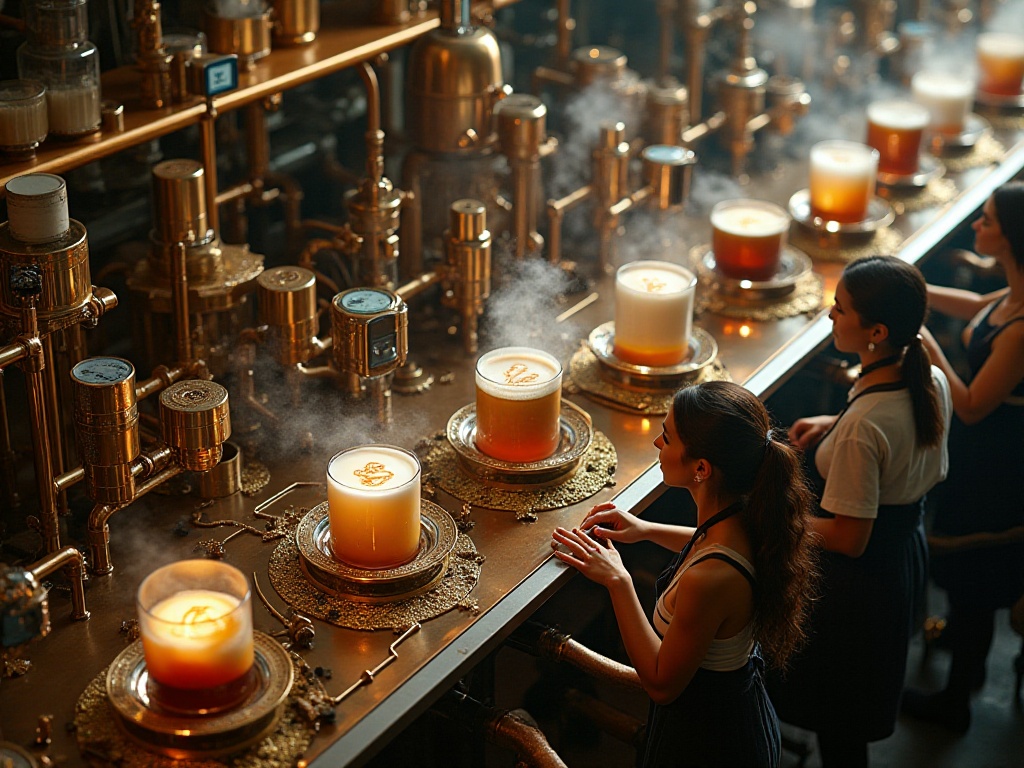
Tool Selection
When it comes to tool selection, that's really a big topic. As the saying goes, good tools are prerequisite to the successful execution of a job. Choosing the right tools can make your coffee making twice as efficient. But this doesn't mean you need to buy the most expensive ones, rather you should buy what's most suitable for you.
First, let's talk about temperature-controlled kettles. This can be said to be one of the most important tools in coffee making. Temperature-controlled kettles on the market vary greatly in price, from hundreds to thousands. I recommend choosing those with precise temperature control and long, thin spouts. A thin spout allows better control of water flow, which is particularly important for pour-over coffee.
A grinder is also essential equipment. Freshly ground coffee has much more intense aroma than pre-ground coffee. Grinders mainly come in manual and electric types. Manual grinders are relatively cheaper and don't generate too much heat during grinding,

